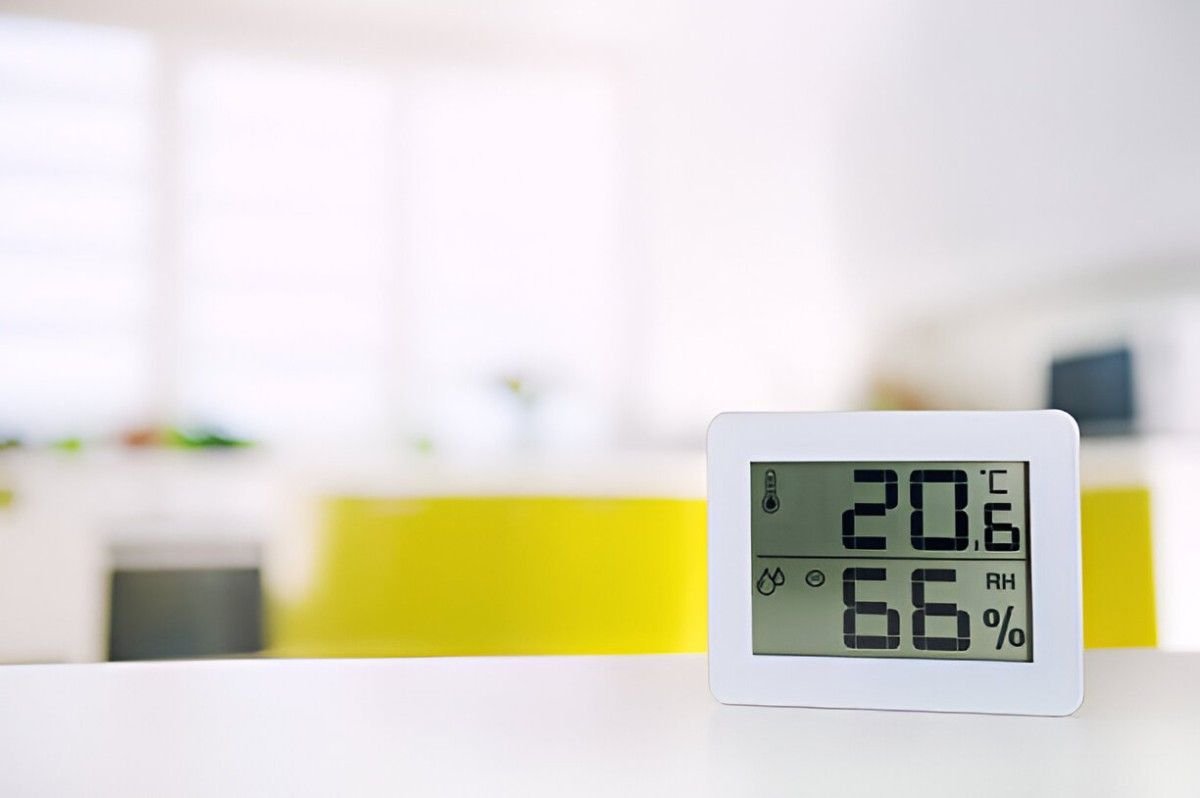As someone who enjoys understanding the ever-changing weather patterns around me, I’ve often turned to home weather stations. Whether you’re a gardener, a hobbyist, or someone who just likes to know what’s happening outside your window, a home weather station can be invaluable. With so many options available, choosing the right one can feel overwhelming. In this guide, I’ll walk you through everything you need to know about home weather stations—from what they do to how to choose one that fits your needs.
Table of Contents
What Is a Home Weather Station?
A home weather station is a device or collection of devices that measure various weather conditions around your home. These typically include temperature, humidity, wind speed, wind direction, and rainfall. Some advanced models also measure UV levels, solar radiation, and barometric pressure. Data collected by these devices is displayed on a console, your smartphone, or even integrated with smart home systems.
Why Invest in a Home Weather Station?
Owning a home weather station allows you to monitor hyper-local weather conditions. Unlike data from the nearest airport or weather service—which might be miles away—your weather station provides real-time information specific to your location. This is especially useful for:
- Gardeners who need precise data for plant care.
- Farmers who rely on accurate rainfall and temperature readings.
- Outdoor enthusiasts who need real-time updates.
- Homeowners who want to optimize heating and cooling systems.
Key Features to Consider
When shopping for a home weather station, you’ll encounter a wide range of features. Here’s a breakdown of the most important ones to look out for:
1. Sensors
The sensors in your weather station determine what data you can collect. The most common sensors measure:
- Temperature
- Humidity
- Wind speed and direction
- Rainfall
More advanced models may include sensors for UV radiation, solar radiation, and soil moisture.
2. Connectivity
Some weather stations come with a standalone display console, while others connect to your smartphone via Wi-Fi or Bluetooth. Models with internet connectivity allow you to upload your data to weather networks like Weather Underground, providing access from anywhere.
3. Power Source
Weather stations are typically powered by batteries, solar panels, or a combination of both. Solar-powered models are convenient but may require backup batteries for cloudy days.
4. Durability
Outdoor sensors need to withstand the elements. Look for weather stations with UV-resistant and waterproof materials.
5. Ease of Installation
Some weather stations are plug-and-play, while others require more complex setups. Ensure the installation process matches your comfort level.
6. Price
Prices can range from under $100 to over $1,000. Consider your budget alongside the features you need.
Comparison Table: Key Features of Popular Models
| Model | Sensors Included | Connectivity | Power Source | Price Range |
|---|---|---|---|---|
| AcuRite 01512 Pro | Temp, Humidity, Wind, Rain | Wi-Fi | Solar + Battery | $150-$200 |
| Ambient Weather WS-2000 | Temp, Humidity, Wind, Rain, UV, Solar | Wi-Fi | Solar + Battery | $250-$300 |
| Davis Vantage Pro2 | Temp, Humidity, Wind, Rain | Optional | Solar + Battery | $500-$700 |
| La Crosse Technology C85845 | Temp, Humidity | Bluetooth | Battery | $50-$100 |
Types of Weather Stations
Home weather stations come in various types. Knowing which type suits your needs can narrow down your options.
1. Basic Weather Stations
These provide core data like temperature and humidity. They’re perfect for casual users who only need basic information.
2. Intermediate Models
These add features like wind speed, rainfall measurement, and internet connectivity. They’re great for hobbyists and gardeners.
3. Advanced Stations
Advanced models include additional sensors for UV radiation, solar energy, and more. These are often used by serious weather enthusiasts and professionals.
Installation Tips
Installing a weather station properly ensures accurate readings. Here’s what I’ve learned from my own setups:
- Place temperature and humidity sensors in the shade to avoid heat bias from direct sunlight.
- Mount wind sensors 33 feet above the ground for the most accurate readings.
- Ensure rain gauges are level and clear of obstructions to prevent debris from affecting measurements.
Using Your Weather Station
Once installed, your weather station becomes a valuable tool. Use the data for:
- Planning your day based on hyper-local forecasts.
- Tracking long-term weather patterns to better understand your environment.
- Integrating with smart home systems to adjust heating, cooling, or irrigation systems automatically.
Pros and Cons of Popular Models
AcuRite 01512 Pro
Pros: Affordable, easy to set up, reliable measurements for most needs. Cons: Limited advanced features.
Ambient Weather WS-2000
Pros: Excellent range of sensors, robust connectivity. Cons: Higher price point.
Davis Vantage Pro2
Pros: Professional-grade accuracy, durable. Cons: Expensive and complex to install.
La Crosse Technology C85845
Pros: Budget-friendly, simple setup. Cons: Limited sensor options.
Comparison Table: Pros and Cons
| Model | Pros | Cons |
|---|---|---|
| AcuRite 01512 Pro | Affordable, reliable | Limited advanced features |
| Ambient Weather WS-2000 | Advanced sensors, great connectivity | High price |
| Davis Vantage Pro2 | Accurate, durable | Expensive, complex installation |
| La Crosse Technology C85845 | Affordable, easy setup | Basic features only |
Final Thoughts
Choosing the best home weather station depends on your needs and budget. If you’re a casual user, a basic model like the La Crosse Technology C85845 may suffice. For enthusiasts, the Ambient Weather WS-2000 or Davis Vantage Pro2 offer more comprehensive features. Regardless of your choice, a home weather station is a worthwhile investment for anyone who values understanding the weather.
I hope this guide helps you make an informed decision. If you’ve found your ideal weather station, I’d love to hear about your experience. Happy weather watching!





